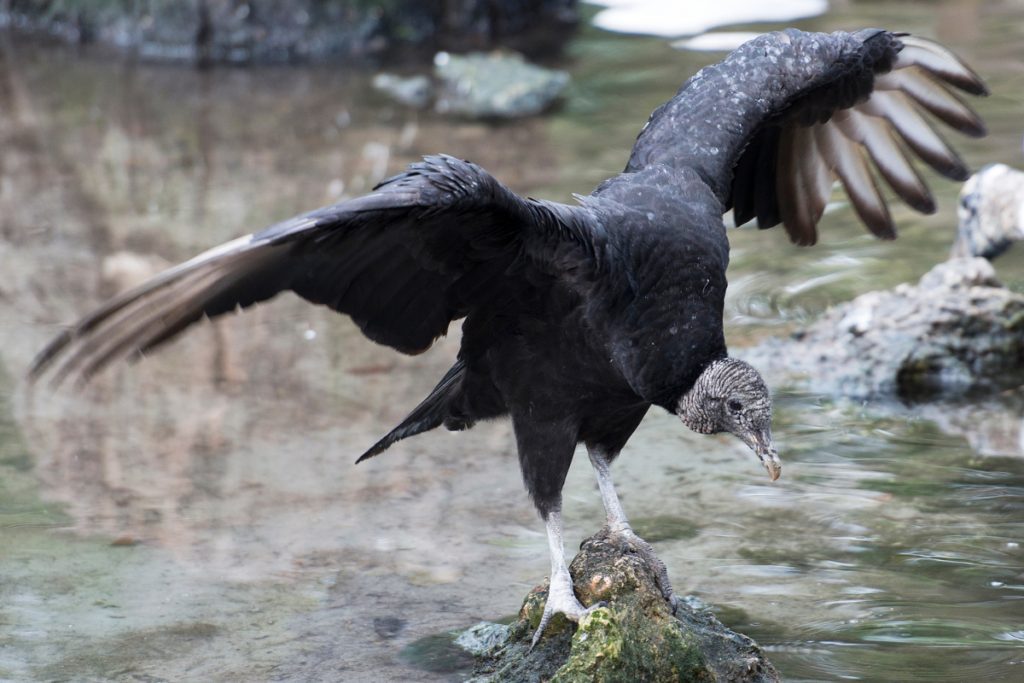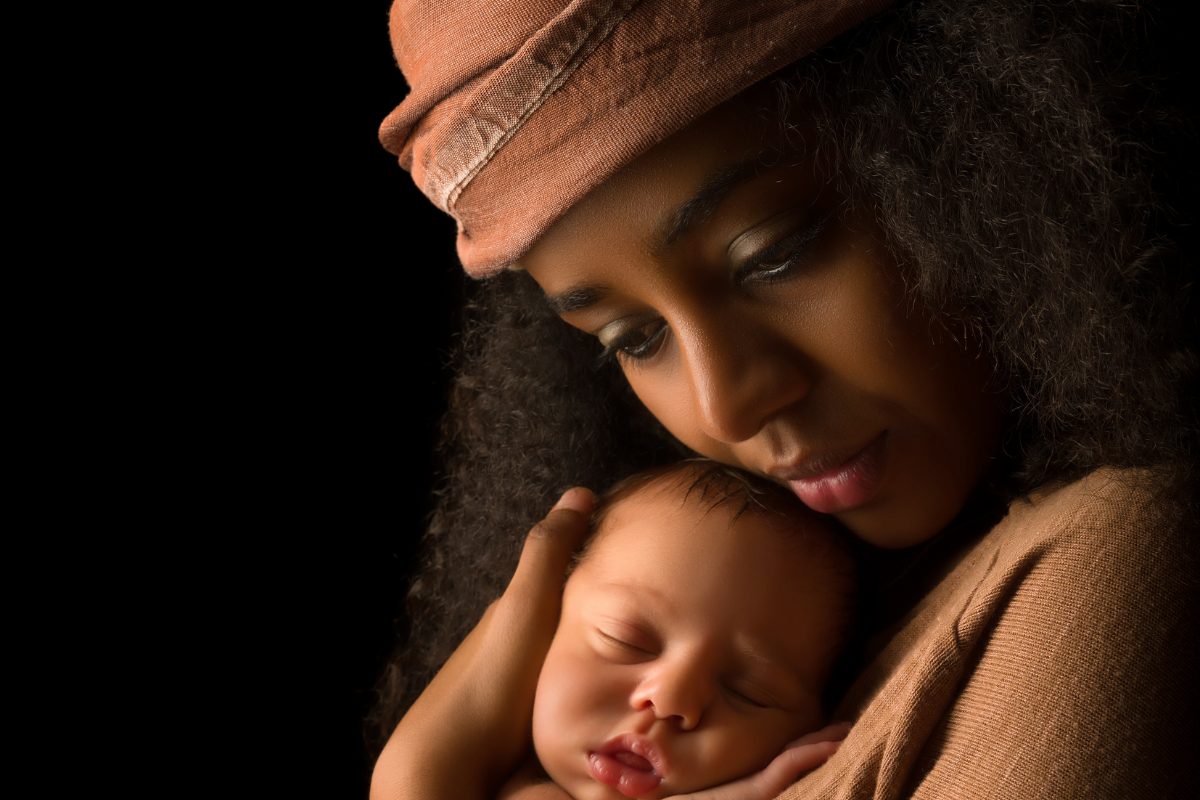Last week, I shared an Ifá verse that describes an origin myth involving Ochún. You can read the verse in its entirety in my previous blog entry, The orisha Ochún, the vital source of all good things, but here is a summary of the myth.
Olódùmarè, the Supreme Being of the Yoruban pantheon, sent 17 Irunmọlẹ to earth to make it livable for humans. When they got to earth, the 16 Odù went about their business of making the world habitable, but they omitted Osun, the seventeenth one; they ignored her. Osun didn’t protest. She remained quiet and went on plaiting her hair.
Everything went wrong. The rain would not fall, epidemics happened, and healing failed. Alas, the 16 Odù failed in their tasks. When they returned to Olódùmarè to lament their failure, the Supreme Being scolded them, “That one you left behind, if you do not bring her here, there will be no solution to your problem. If you continue this way, you will always fail.” The 16 Odù returned to earth and made peace with Osun.
This divinatory verse describes how Olódùmarè made Ochún the vital source. In this entry, I explore Ochún’s hidden power and role as Mother and Witch.
All women are aje
The Ifá verse says:
They never knew she was an “aje.”
When they were coming from heaven,
God chose all good things;
He also chose their keeper,
And this was a woman.
All women are aje.
And because all other Odu left Osu out,
Nothing they did was successful.
What is aje?
Aje is a force that is beyond definition, but English approximations for Aje would be Power, Creation, Cosmos, All.
Teresa N. Washington
Because these words look and sound alike, I want first to clarify that aje and ase are different concepts. Ase, or ashe, is the power to make things happen and refers to the spiritual life force. Olódùmarè has given ashe to everything–orishas, ancestors, people, animals, plants, rocks, songs, etc. Existence depends on it. We can receive and give ashe, strengthen our ashe, and exercise ashe to produce change. “Ashe” is also an affirmation that means something like “so will it be”.
Aje is a Yoruba word that refers to women’s elemental, biological, spiritual, and artistic power. Men can also have aje, but its cosmic origins lie in the Womb of Existence and women’s ability to menstruate and our essential role in conceiving, carrying, birthing, and nurturing children make us the owners and controllers of aje. More specifically, African women, as the direct and spiritual progeny of Yewájọbí, The Mother of All the Òrìṣà and All Living Things. Osun is the leader of the aje.
The hidden power
In the Ifá origin myth, Osun doesn’t do anything that causes the 16 Odù to fail their tasks. She doesn’t disrupt or sabotage them. She “sat quietly and watched them” and plaited her hair. The power of Osun, and thus all women, is concealed.
The Nigerian-American professor and author Rowland Ọlá Abíodún adds that Eégún, which refers to the concealed power of ancestors, is also a euphemism for female genitalia because they are hidden. The clitoris, in particular, he writes, is regarded as possessing concealed power.
The connection between a female deity of creation and motherhood is obvious and ancient. In Yoruba cosmology, the mother’s role as creator and sustainer of life makes her divine and divinely ordained by Olódùmarè. Nothing can be achieved without Ìyá, mother.
The Iyami Aje are older women who not only represent the mystic powers of womanhood, but their longevity also implies secret knowledge and power. They are known as the Super-Powerful Ones, the Mysterious Mothers, the Elders of the Night, the Owners of the Sacred Birds, and many other names.

The Mothers
The Iyami Aje are rooted in an egalitarian system, and they were respected for their power to give children and provide the resources to nurture them. The Iyami Aje were gynaecologists, obstetricians, paediatricians, as well as counsellors, teachers, diviners, agriculturalists, and the power of the throne.
Without 'the mothers', I could not rule.
Oba William Adetona Ayeni of Ila-Orangun (1912-1999)
In her book, The Architects of Existence: Aje in Yoruba Cosmology, Ontology, and Orature, Teresa N. Washington points out that the Divine Mother in traditional African societies was neither a mystery nor an anomaly. Community members, especially sons, were “actively involved in the maintaining the covenants of creation, creativity, and continuity with and outside of the womb”.
In Gẹlẹdẹ: Art and Female Power Among the Yoruba by Henry John Drewal and Margaret Thompson Drewal, the authors comment on the female and male power parallels and describe the mothers (aje) as those that conceive a plan and their male counterparts (oṣó) as those that carry it out. For example, in the Gẹlẹdẹ, which celebrates Mothers and their power and spiritual capacity, men are the masqueraders, but the Iyami Aje are the source of their power.
Nevertheless, the noiselessness of aje makes it difficult to identify its source and direction and prevent it. If women are indispensable to normalcy, order, and progress, they can also be destructive. Abiodun writes, “In many social, religious, and political gatherings, men endeavor to placate ‘our mothers,’ imploring them to use their powers for the good of society.”
The Witch
Teresa N. Washington writes at length about the effects of colonisation on Yoruba culture.
For example, Olódùmarè, genderless or possessing all possible gender expressions, became “patrified” and is popularly understood as the Yoruban equivalent of the Gods of Islam and Christianity. These religions introduced the good/evil dichotomy and brought their misogynistic ideas of women as dirty, hysterical, and the source of original sin and evil. European Christians also brought their ideas of witchcraft.
Washington asserts that there’s no such thing as an African witch.
“‘Witch’ is a word and concept of Old English etymological, geographical, and cultural origin. The word specifically defines Caucasian cultural and religious concepts and preoccupations. The constructs of ‘witchcraft’ and ‘witch’ did not exist in any manner on the African continent prior to the Caucasian penetration, colonization, and ideological manipulation of Africa. There are no such things as ‘African witchcraft’, ‘African witches’, or ‘African witchdoctors’; all of these fictions sprang from the obtuse, morally bankrupt, and scientifically stunted minds of Caucasian missionary colonizers.”
Iyami Aje were misrecognised, demonised, and stripped of their authority and roles. Today, aje is incorrectly translated into English as “witch”, and women remain marginalised. Traditional ceremonies once performed by women are now exclusively the domain of men.

Ibú Kolé
In the Afro-Cuban tradition, Ochún has 38 caminos (roads or paths), five of which are ritually recognised. One of these is Ibú Kolé.
Ibú Kolé is she who picks, collects and recovers the garbage and dust (or powders). She is a dark, shadowy figure who lives in the muddy streams and is associated with the vulture and witchcraft. She is the eldest of the witches.
I live in a part of the world where it’s not dangerous to call myself a Witch, where witchcraft is associated with magic, nature, and feminism, “manifesting” is a buzzword, and TikTok videos with the hashtag #witchtok have over 18 billion views. It’s a long way from the violence that women and children experience when they are accused of being witches.
Following the colonisation of Yorubaland and the Atlantic slave trade that brought the orishas to the Americas, Ibú Kolé was perhaps supposed to be a witch in the traditional meaning of the word, the frightening hag that practices malevolent magic. She is supposed to be dangerous, and she is, but people like me, and perhaps readers like you, embrace the dangers of Witchcraft, hold the Great Mothers in high esteem, and see that she is still aje.
I have difficulty connecting with Ochún because she is often reduced to the sexy, bitchy mulata and the most superficial aspects of beauty, love, and sexuality. Ibú Kolé, the only camino of Ochún that has spoken to me, and this Ifá verse, and other stories, remind me that there’s much more depth to her, that she has hidden power most people will overlook.


Such a great blog! I learned a lot. Maferefun Ochún.
Thank you! I’m always learning too!
Lessons learned today
How do you guy feel about Halloween? Do you celebrate? If so how? I’m wonder how to engage
Great, I learned alot lovely facts
Wow good but i want real story not fact